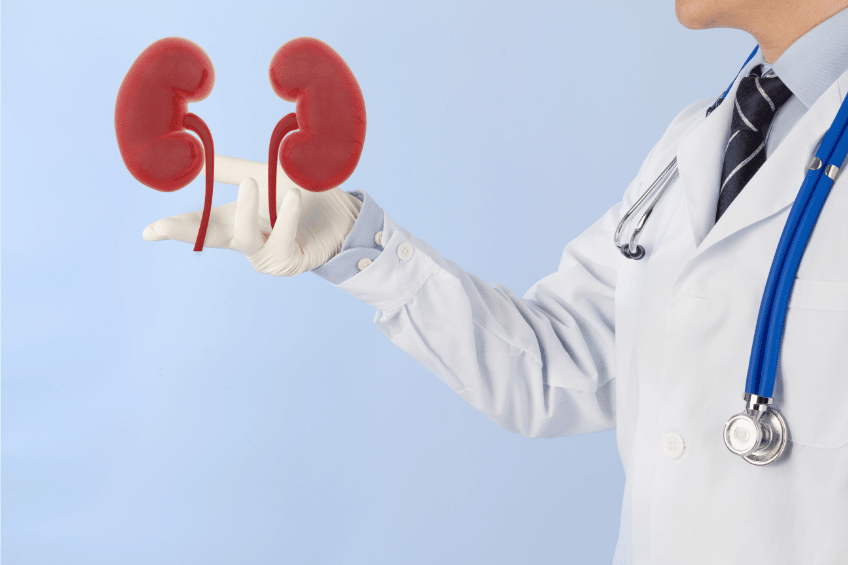Only based on a full examination, doctors are able to make a decision and select the best treatment methods.
Further treatment depends on each individual case, but is always mixed. With small stones (up to 0.5 cm), conservative therapy is usually prescribed, based on antispasmodic drugs and pain-killers. Antispasmodics promote the passage of stones. Diuretic herbal remedies are also helpful.
Stones approximately 1 cm in size are removed by a non-contact method called extracorporeal shock wave lithotripsy. It uses shock waves, which can blast the stone into little pieces. Then, the smaller pieces can more easily be passed in your urine. A crushing session lasts about 40 minutes, but one procedure is usually not enough (up to 4-5 sessions are needed). To make the process go faster, you need to drink plenty of water and stick to a special diet (limit the use of spicy, smoked and salty foods).
If ultrasound revealed that the stones are large and immovable or the patient wants to get rid of them quickly (in one session), the method of intracorporeal lithotripsy is used. The patient is under anesthesia for the entire procedure. Doctors use a thin, flexible scope to find and remove stones. There are no cuts to the skin, the scope is passed through the bladder and ureter into the kidney. Then a laser breaks up the stones.
